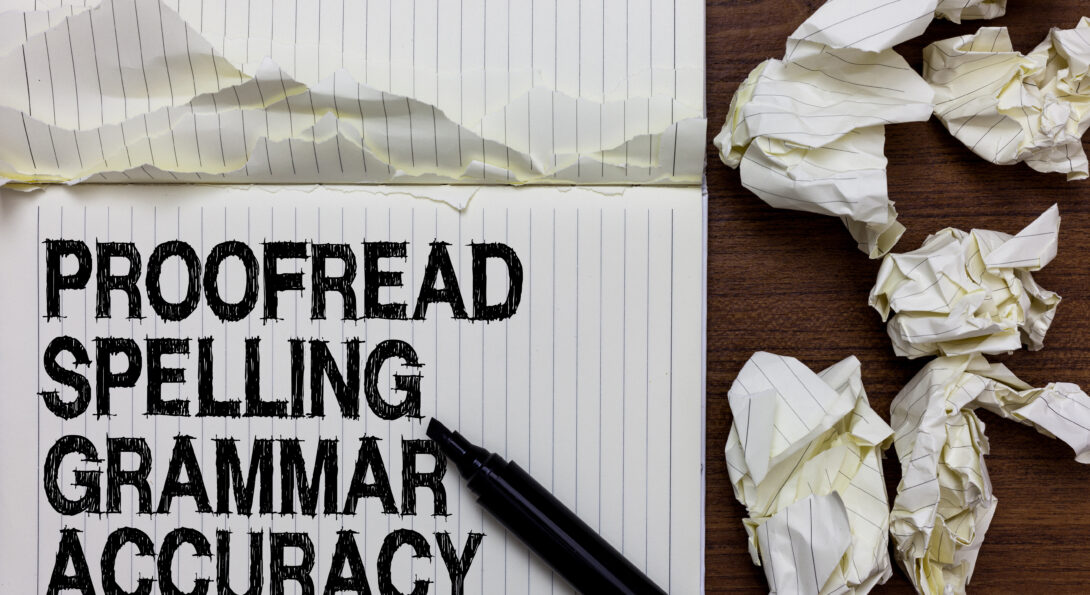A Journal Editor’s Tips for Journal Submissions

Editing Image
How to Improve Your Chances of Acceptance and Publication
Over the course of the past two years, I have been making mental notes of missteps that authors have made when submitting articles to the International Journal of Legal Information. Based on these notes, I have put pen to paper and created a list of tips that authors should follow when submitting to any journal. Adhering to these recommendations will move the review process along more rapidly and ultimately give authors a better chance of acceptance and publication.
- Read the journal’s description and scope to determine if your article is a good fit. You can check recent issues to see the type of content the editors are selecting for publication.
- Follow the journal’s submission guidelines to a tee. This includes adhering to the journal’s designated style manual. For example, don’t submit a draft that follows The Bluebook when the journal follows The Chicago Manual of Style.
- Follow the journal’s instructions on whether to use footnotes or endnotes and follow the correct style when adding them. If necessary, MS Word will easily convert footnotes to endnotes and vice versa.
- Ensure you adhere to the journal’s ethical standards, including the use of AI. Many journals now require authors to disclose any use of AI, including during the research process. Above all, don’t use AI to write your article. Enough said.
- Include a well-written abstract that succinctly captures your article’s point and content. Editors often decide whether to read the full article after reading the abstract. Also include keywords that provide editors with a quick overview of your topic.
- Determine whether the journal requires a bibliography with its articles. If so, make sure you use the correct style.
- Ensure that your article is well organized and that any layperson could understand your roadmap.
- Ensure that your article is current. If you wrote the piece last year, update it. This includes checking to see if web links work.
- Ensure that your spelling, punctuation, and grammar are correct; use MS Word’s ‘Spelling and Grammar’ check feature and set it to the correct language (Review => Language => Set Proofing Language). If the journal requires US English, then select that as your proofing language: English (United States). If you have access to a program like Grammarly, use it, but use it cautiously. When in doubt about general English-language grammar and usage, consult Bryan Garner’s chapter on the same in The Chicago Manual of Style (18th ed.) or his in-depth foray into these topics in The Redbook (5th ed.). Also consider having a native speaker review your work.
- Fact-check your assertions; this includes dates, titles, names, etc. Factual mistakes indicate sloppiness. If an editor notes even one factual mistake, they will question the veracity of all your contentions.
- Ensure that all of your quotations are correct and properly cited. Follow the journal’s designated style manual for the use of block quotations and ellipses.
- Cite your sources. Even if you paraphrase and don’t use a direct quotation, you should cite the source. If in doubt, cite. Accusations of plagiarism could ruin your career.
- Check any visuals you have included with your article. If you created them yourself based on outside information, cite the sources you relied on. Check to ensure that your visuals match what you’ve asserted in the text. If you’ve used a visual from an outside source, make sure you have the original creator’s permission to use it.
- If the article is co-written, choose a corresponding author, but keep the other authors in the loop. They should know when and where the piece has been submitted.
- Finally, don't submit something assuming that an editor or copyeditor will 'fix' your work. Your submission should already be ready to publish.
Stay tuned for some tips on the publication process. And yes, the above recommendations are based on actual experiences.
Modified on June 11, 2025